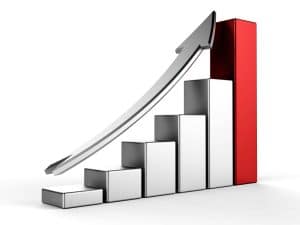A savings account is just the account to help you get there. Next to chequing accounts, savings bank accounts are the most basic accounts out there. With a savings account, you can do many of the same things as a chequing account, such as depositing and withdrawing money from an ABM and online banking. However, savings accounts do have limitations. You usually can’t write cheques and there may be a delay in accessing your money when you need it.
In this article we’ll look at what is a savings account and how does it work, the pros and cons of savings accounts and best practices when using a savings account. After reading this article, you’ll be well-equipped with the knowledge you need to choose the savings account that’s right for you.






